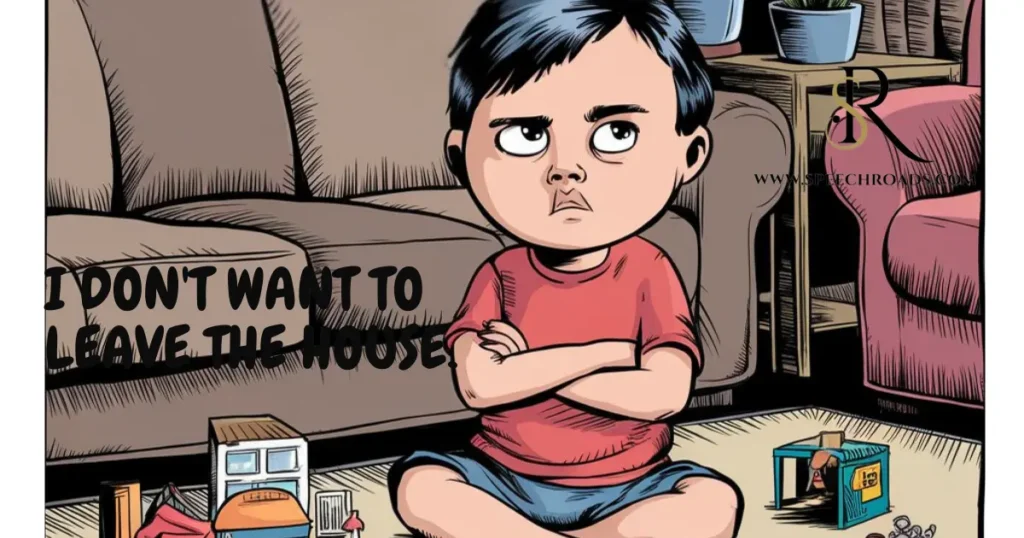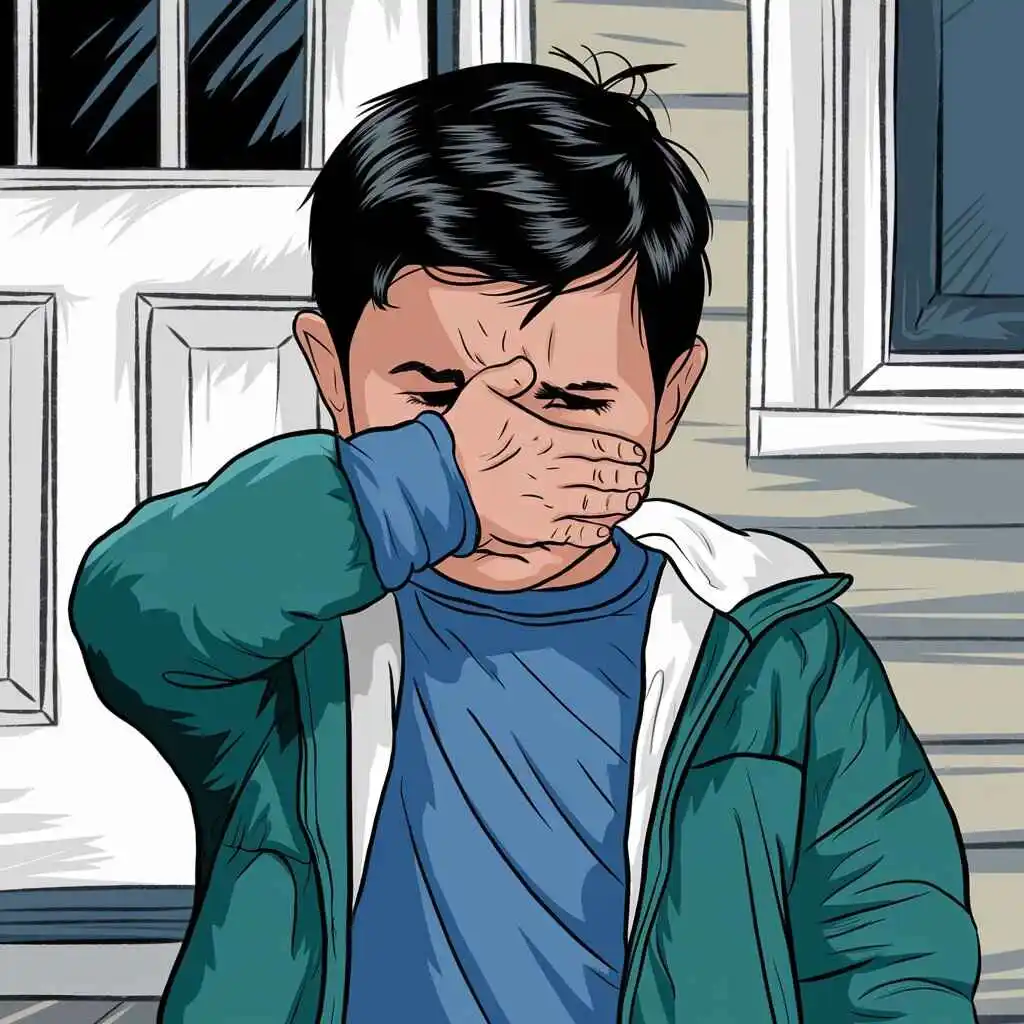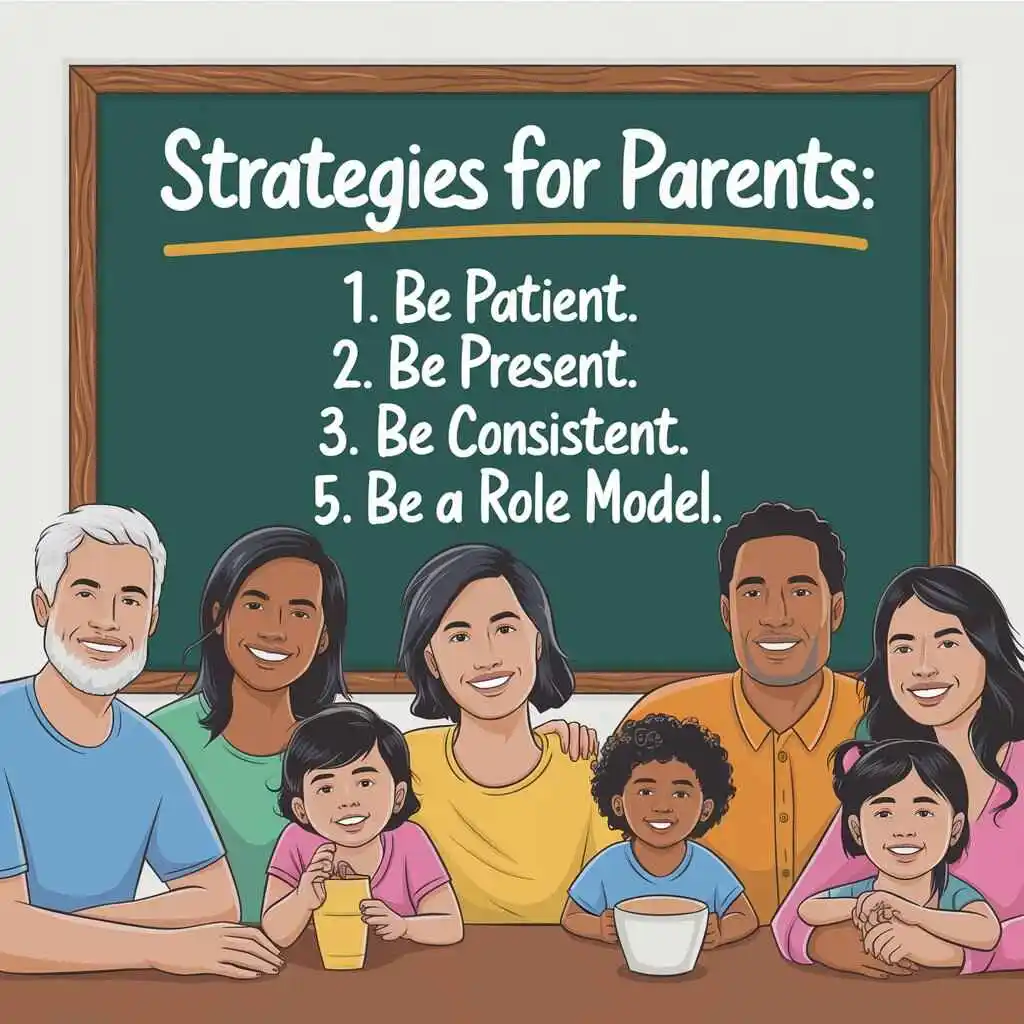Understanding Why Your Autistic Child Refuses to Leave the House
Navigating the arena with an autistic child can be daunting particularly whilst they decline to depart the residence.
This conduct regularly stems from a complex interplay of sensory sensitivities, anxiety and the want for recurring.
Expertise in those elements is important for parents and caregivers aiming to aid their child’s emotional and mental well being.
Learn practical tips and strategies to help when your autistic child refuses to leave the house. Discover how to manage anxiety, sensory issues and routine changes effectively.
Understanding the Reasons of Autistic Child Refuses to Leave the House
Sensory Overload
Many autistic children enjoy sensory overload when confronted with the sights, sounds and smells of the out of doors world. For them a simple journey to the grocery shop can feel overwhelming.
Common Triggers:
- Loud noises: The sound of traffic, chatter or music can be jarring.
- Bright lights: Fluorescent lighting in stores can be harsh and disorienting.
- Crowds: Busy places can create a sense of chaos that is difficult to navigate.
Parents might note signs of misery which include overlaying ears, keeping off eye touch or withdrawing from conditions. Spotting those triggers facilitates parents apprehending their child’s reluctance to depart the residence.
Anxiety and Fear
Tension in autistic children often manifests as a strong resistance to new studies. Many autistic children increase their worry of unfamiliar situations which could result in sizable social withdrawal in autism.
Common Fears:
- Strangers: New faces can be intimidating leading to increased anxiety.
- Unexpected changes: Variations in routine can provoke feelings of uncertainty and fear.
- New places: Many children have an innate fear of autism and fear of new places which can cause them to resist leaving the safety of home.
Understading these fears is crucial for parents. They are able to then create techniques that gently expose their baby to new environments even as presenting emotional aid.
Comfort in Routine
Children at the autism spectrum regularly locate consolation in routines. Autism and habituality offer a framework that helps them sense safe and cozy. When workouts are disrupted it is able to lead to meltdowns and shutdowns.
Routine Examples:
- Daily schedules for meals, homework and playtime.
- Consistent bedtime rituals that promote relaxation.
Parents introduce modifications to those exercises consisting of making plans and time out it is able to create considerable resistance. Spotting the significance of recurring lets parents approach outings with sensitivity.
Communication Challenges
Communique challenges with autism can complicate conditions in which children refuse to depart the house. Many autistic youngsters struggle to express their emotions or desires absolutely.
Communication Barriers:
- Difficulty articulating emotions or fears.
- Limited vocabulary or reliance on non verbal cues.
Parents regularly find it beneficial to apply visible aids or social stories to bridge verbal exchange gaps. This method can empower children to express their emotions about leaving the residence.
Strategies for Parents
Create a Safe Space
Organizing a secure and calming environment at home can drastically help children feel greater comfy.
Tips:
- Sensory friendly items: Use weighted blankets, noise canceling headphones or calming visuals to create a soothing atmosphere.
- Designated quiet areas: Set up a cozy corner with favorite toys or books where the child can retreat when feeling overwhelmed.
Gradual Exposure
Introducing new reviews regularly can help ease youngsters into the concept of leaving the house.
Tips:
- Short outings: Start with brief trips around the block or to a nearby park.
- Familiar locations: Visit places the child already knows and enjoys before exploring new environments.
This technique minimizes anxiety by means of allowing children to build self belief of their capacity to handle one of a kind conditions.
Use Visual Supports
Visual aids may be particularly useful for children who battle with communication and understanding modifications in routine.
Visual Supports:
- Social stories: Create stories that outline the steps involved in an outing.
- Visual schedules: Use charts with pictures representing different parts of the outing from getting ready to returning home.
Those tools help children assume what to expect, reducing tension and resistance.
Communicate Openly
Open verbal exchange is vital for knowing your children’s emotions and fears.
Tips:
- Discuss feelings: Encourage your child to share their thoughts about leaving the house.
- Role play scenarios: Practice different situations to help them feel prepared.
Fostering an environment where children experience safe ways to express themselves can help alleviate tension and construct trust.
Seek Professional Support
Sometimes professional support can offer extra strategies of autistic child refuses to leave the house and coping mechanisms for both parents and children.
Therapies for Autism related Anxiety:
- Cognitive Behavioral Therapy (CBT): Helps children manage anxiety by changing negative thought patterns.
- Play therapy: Provides a safe space for children to express their feelings through play.
Consulting with a therapist that specialize in autism conduct control can offer precious insights and strategies.
The Role of Patience and Understanding
Acknowledge Progress
Celebrating small victories is important in handling expectations. Every step forward regardless of how small deserves recognition.
Examples:
- If your child successfully steps outside for just a minute, acknowledge this achievement.
- Use positive reinforcement to encourage continued progress.
Build Trust
Constructing trust takes time and consistency. Kids need to know that their parents recognize their struggles and are there to help them.
Strategies:
- Consistent routines: Stick to familiar routines at home to foster a sense of security.
- Empathy: Validate your child’s feelings and let them know it’s okay to feel scared or anxious.
Trust is built through persistence and expertise making it simpler for children to stand their fears.
Real Life Anecdotes
Case Study 1: A Parent’s Journey
Sarah, a mom of an 8 year old boy on the autism spectrum struggled with getting her son to leave the residence. He could often refuse to go out of doors, mentioning fears of loud noises and crowded places.
After getting to know and enforcing gradual publicity she commenced with brief walks round their quiet neighborhood. She used visible schedules to prepare him for outings. Through the years his self belief grew and he commenced to revel in trips to the park.
Case Study 2: Overcoming Resistance
Mark, a father of a 7 year old girl with autism confronted daily resistance from his daughter whilst it came to leaving the residence. He noticed that her anxiety heightened during changes in routine.
To tackle this he introduced a praise machine where they could earn points for every successful time out. They started with visits to familiar places and slowly worked their manner up to new environments. His daughter now seems forward to their outings and their own family enjoys fine time collectively.
FAQ’s
What are some signs that my autistic child is experiencing sensory overload?
- Covering their ears or eyes
- Becoming withdrawn or unresponsive
- Exhibiting increased irritability or frustration
- Stimming behaviors such as rocking or hand flapping
- Seeking refuge in a quiet space
How can I prepare my autistic child for a new environment?
- Visual schedules: Create a visual representation of what to expect.
- Social stories: Write a simple story that explains the outing in a relatable way.
- Practice visits: If possible visit the location during quieter times to reduce anxiety.
How can I address my child’s fear of new places without forcing them?
- Gradual exposure: Start with very short visits to new places.
- Familiarity: Visit new places during off peak hours to reduce crowds.
- Involvement: Let your child choose the activity or location to increase their sense of control.
What are some long term strategies to help my child feel comfortable leaving the house?
- Establishing consistent routines that incorporate outdoor activities.
- Gradually increasing the complexity of outings as your child becomes comfortable.
- Regularly discussing feelings about outings to reinforce emotional support.
Conclusion
Understanding of why an autistic child refuses to go away from the residence is vital for parents.
By recognizing the underlying causes like sensory overload, tension and the need for ordinary parents to implement effective techniques.
Creating a safe space progressively exposing children to new reports and utilizing visible supports are only a few ways to ease their soreness.
Staying power and empathy play essential roles in building acceptance as true with and encouraging development.
Recall each child is unique and what works for one won’t work for some other.
Continuously adapting your method will help your child experience supported and understood making the arena outdoor less intimidating.
Additional Resources
Autism Support Organizations:
- Autism Speaks
- The Autism Society
Recommended Reading:
- “The Reason I Jump” by Naoki Higashida
- “Uniquely Human: A Different Way of Seeing Autism” by Barry M. Prizant
By imposing those strategies and in search of help parents can help their autistic children navigate the demanding situations of leaving the house ultimately fostering a greater satisfying existence.













